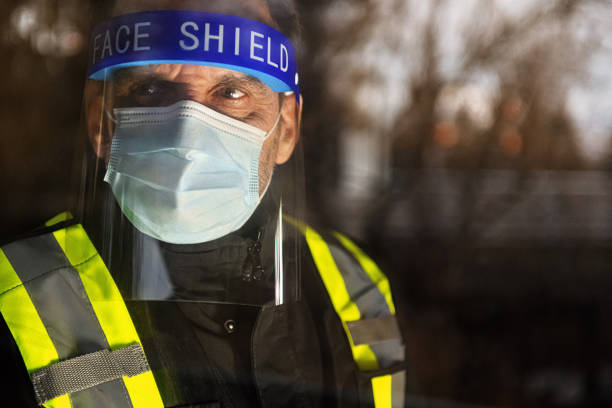The origins of security systems are obscure, but techniques for protecting the household, such as the use of locks and barred windows, are very ancient. As civilizations developed, the distinction between passive and active security was recognized, and responsibility for active security measures was vested in police and fire-fighting agencies.
By the mid-19th century, private organizations such as those of Philip Sorensen in Sweden and Allan Pinkerton in the United States had also begun to build efficient large-scale security services. Pinkerton’s organization offered intelligence, counterintelligence, internal security, investigative, and law enforcement services to private businesses and the government. Until the advent of collective bargaining in the United States, strikebreaking was also a prime concern. The Sorensen organization, in contrast, moved toward a loss-control service for the industry. It provided personnel trained to prevent and deal with losses from crime, fire, accident, and flood and established the pattern for security services in the United Kingdom, in western Europe and elsewhere across the world.
World Wars I and II brought an increased awareness of security systems as a means of protection against military espionage, sabotage, and subversion; such programs in effect became part of a country’s national security system. After World War II much of this apparatus was retained as a result of international tensions and defence-production programs and became part of an increasingly professionalized complex of security functions.
The development and diffusion of security systems and hardware in various parts of the world has been an uneven process. In relatively underdeveloped countries or the underdeveloped parts of recently industrializing countries, security technology generally exists in rudimentary forms, such as barred windows, locks, and elementary personnel security measures. In many such regions, however, facilities of large international corporations and sensitive government installations employ sophisticated equipment and techniques.
Since the 1960s, crime-related security systems have grown especially rapidly in most countries. Among contributing factors have been the increase in the number of security-sensitive businesses; development of new security functions, such as protection of proprietary information; increasing computerization of sensitive information subject to unique vulnerabilities; improved reporting of crime and consequent wider awareness; and the need in many countries for security against violent demonstrations, bombings, and hijackings.
Security systems are becoming increasingly automated, particularly in sensing and communicating hazards and vulnerabilities. This situation is true in both crime-related applications, such as intrusion-detection devices and fire-protection alarm and response (extinguishing) systems. Advances in miniaturization and electronics are reflected in security equipment that is smaller, more reliable, and more easily installed and maintained.
Source: Britannica


